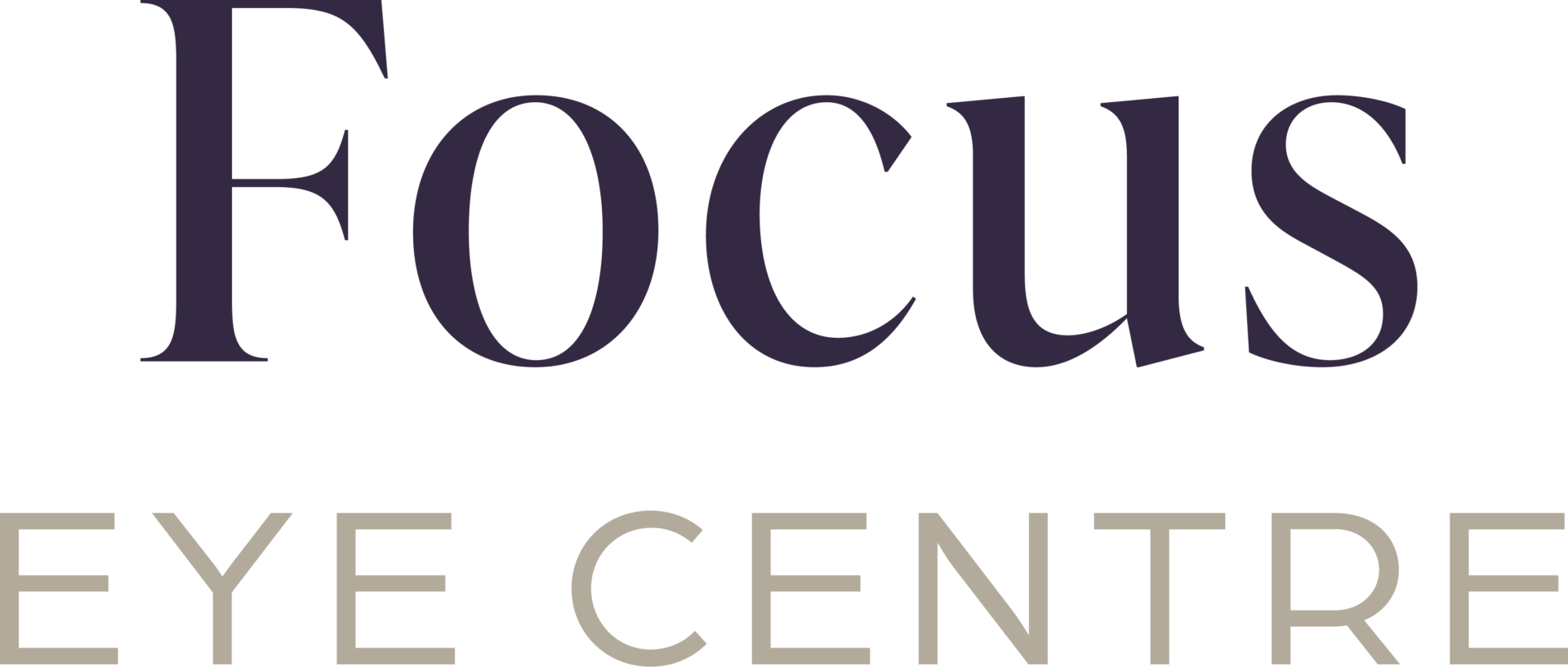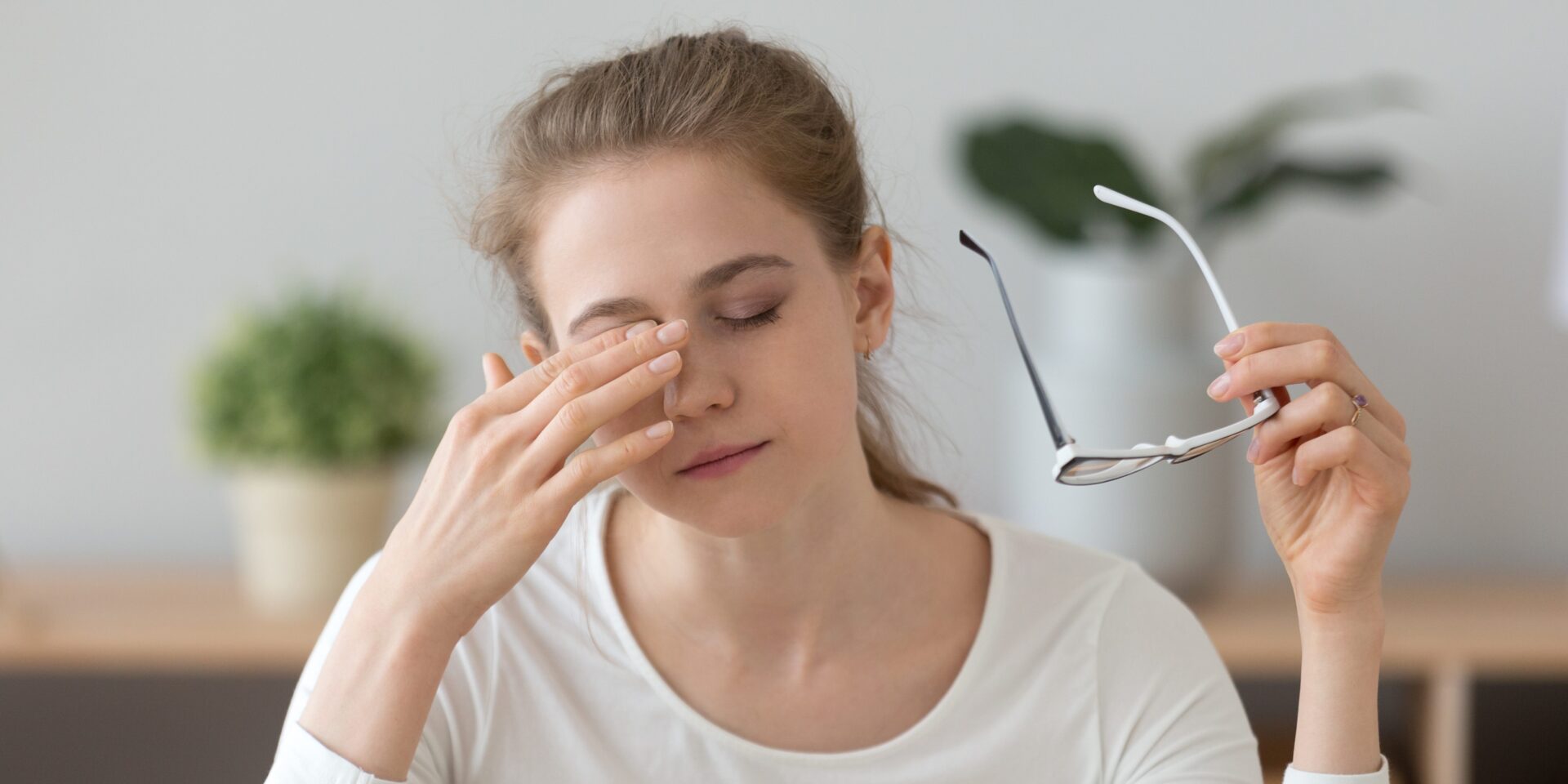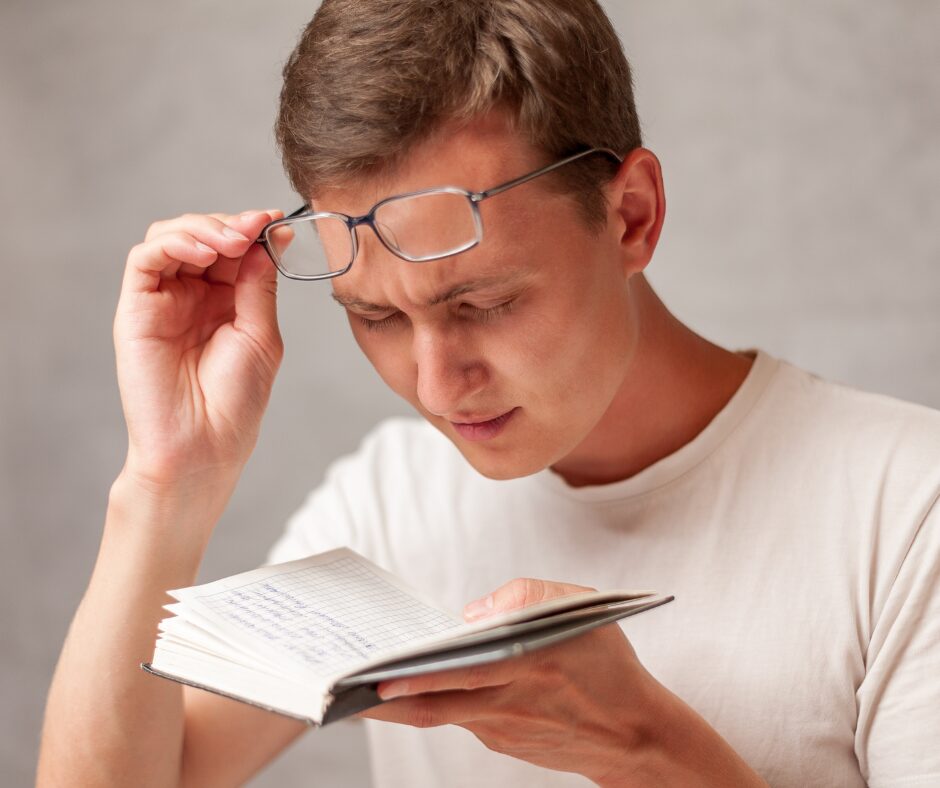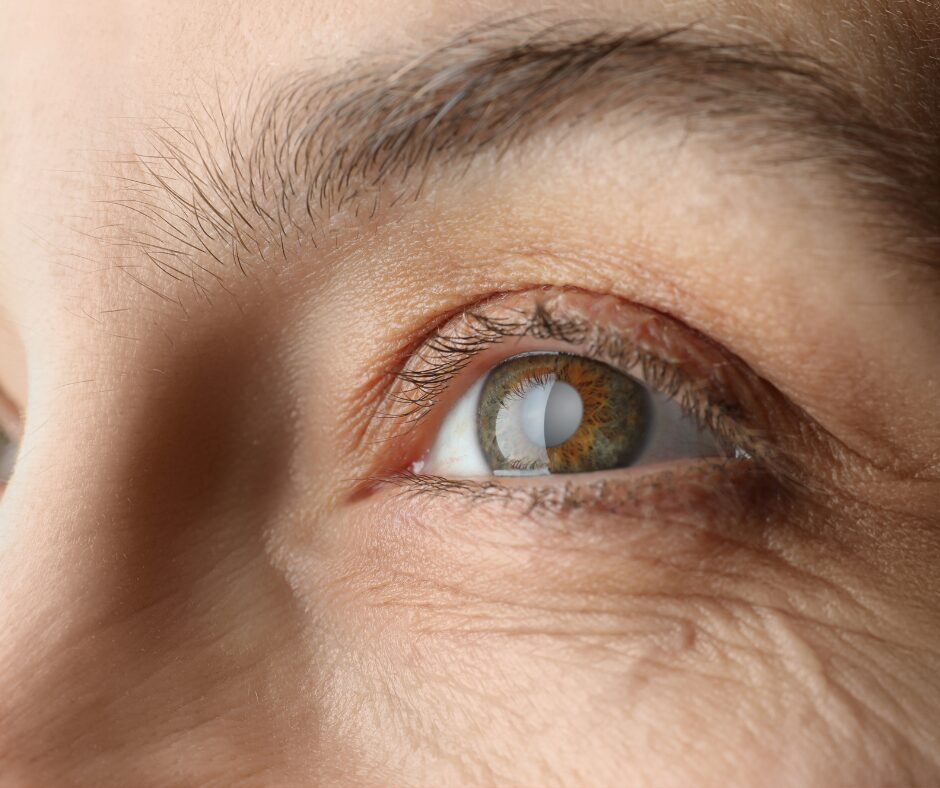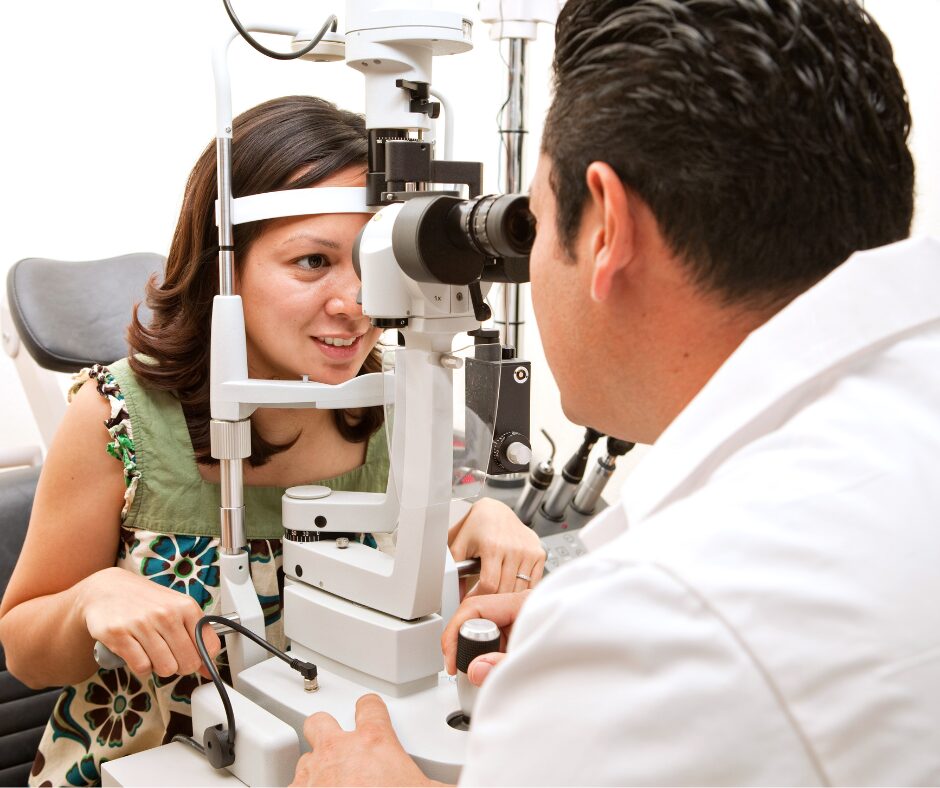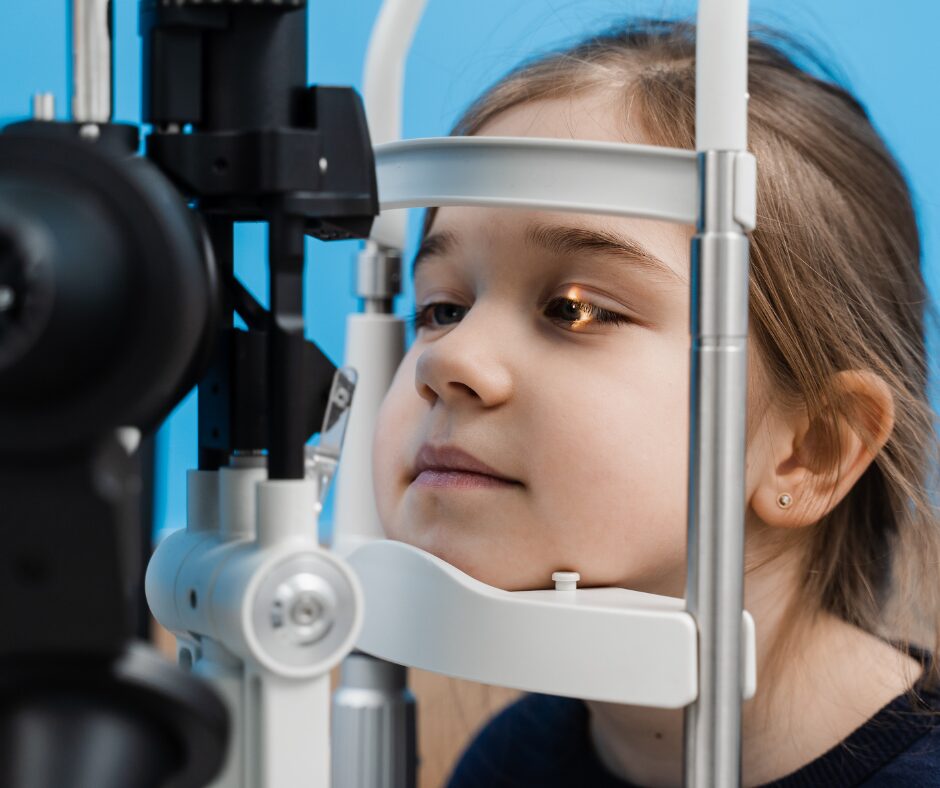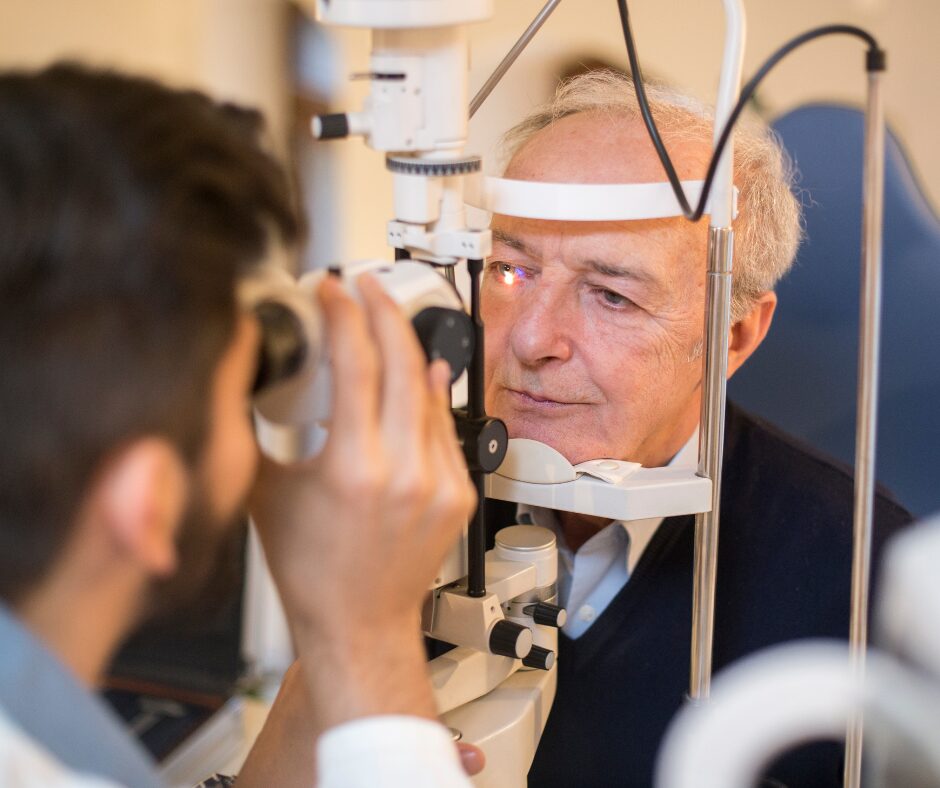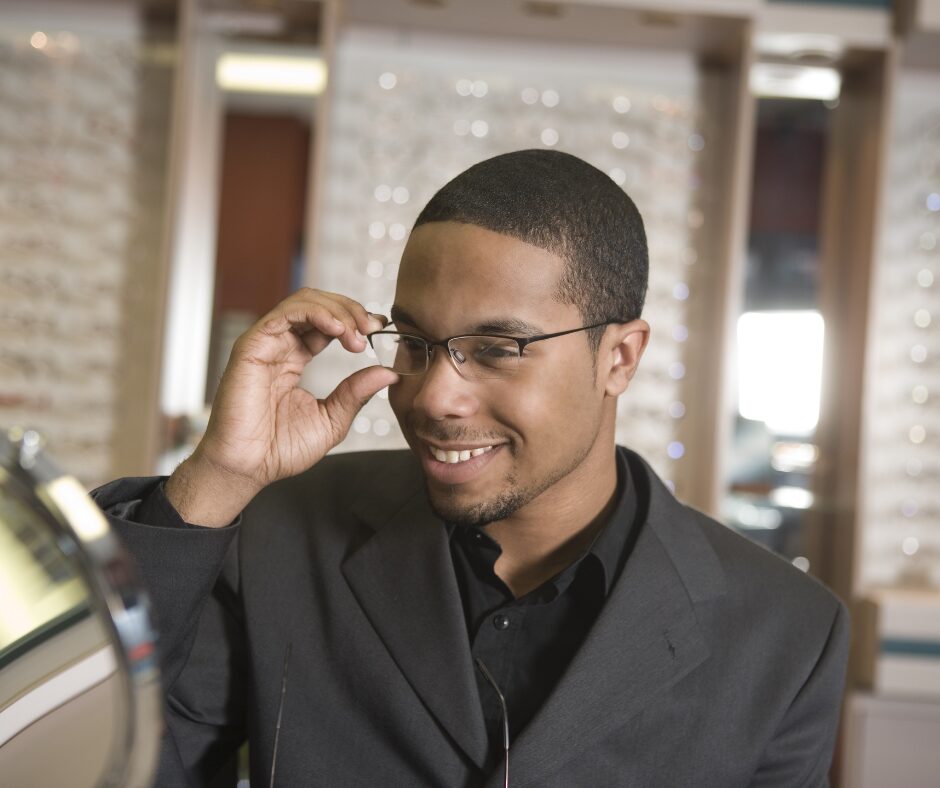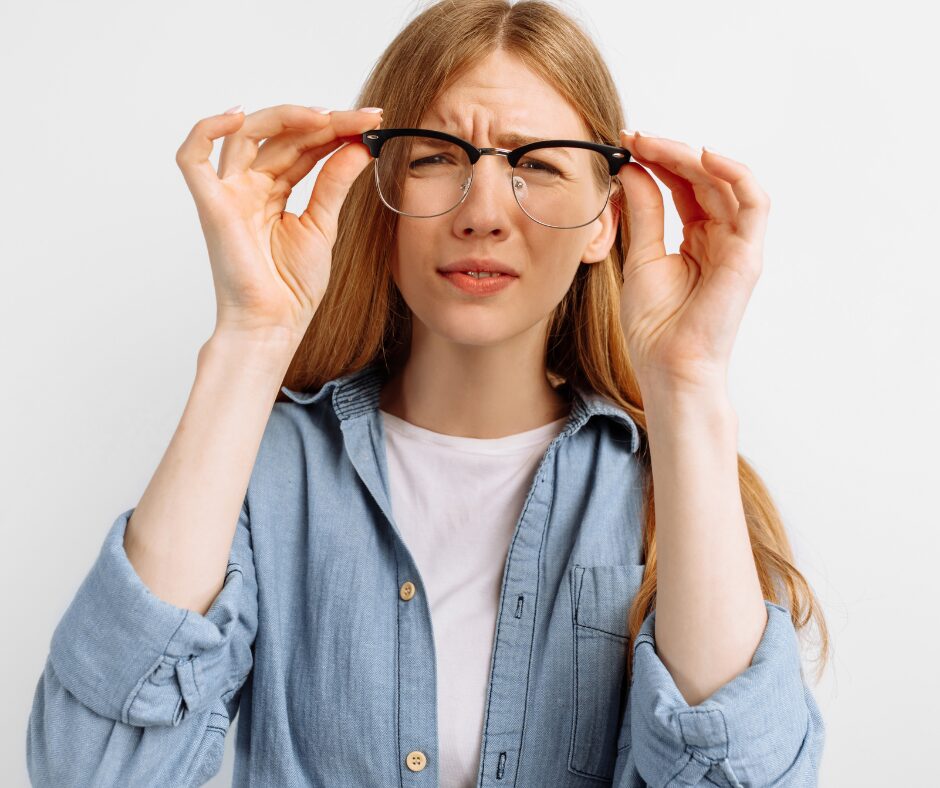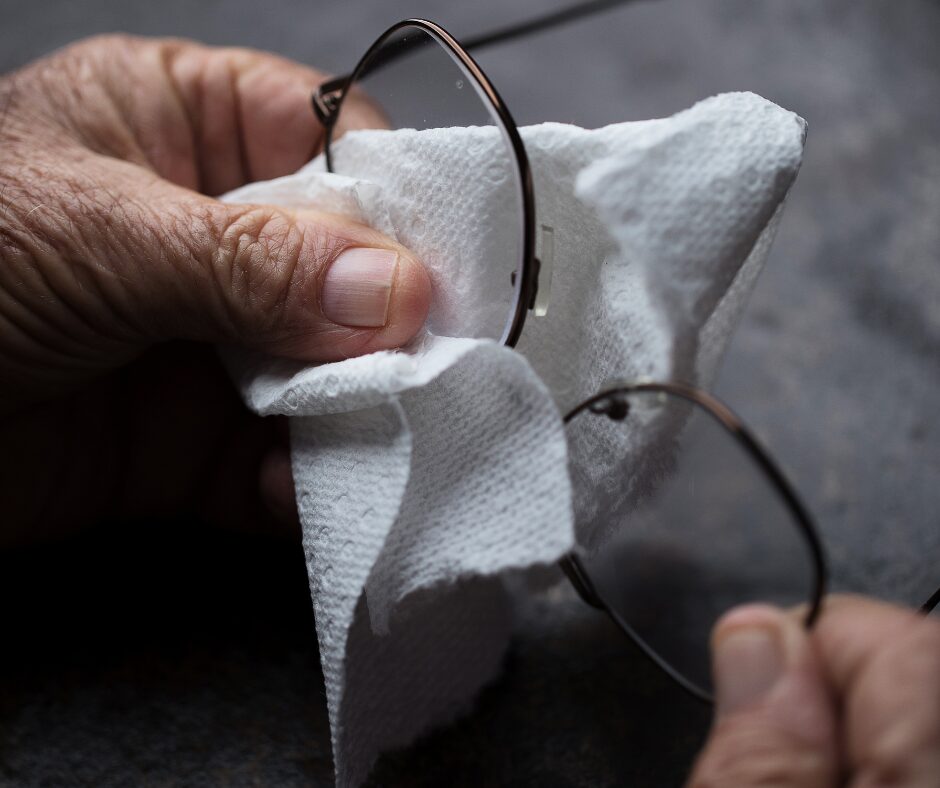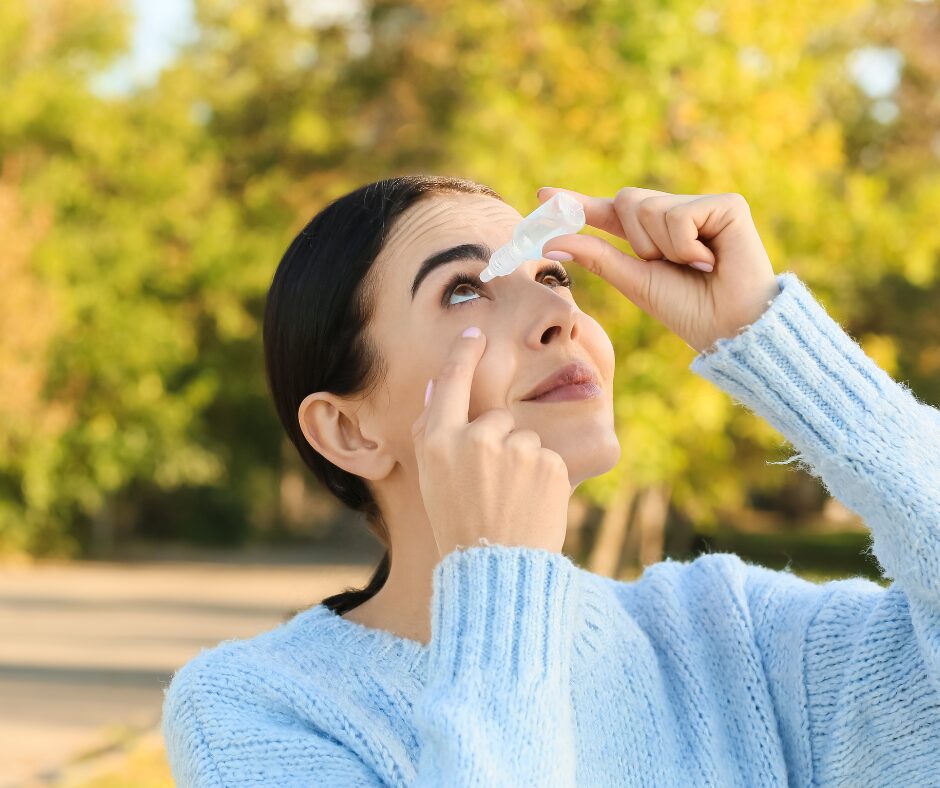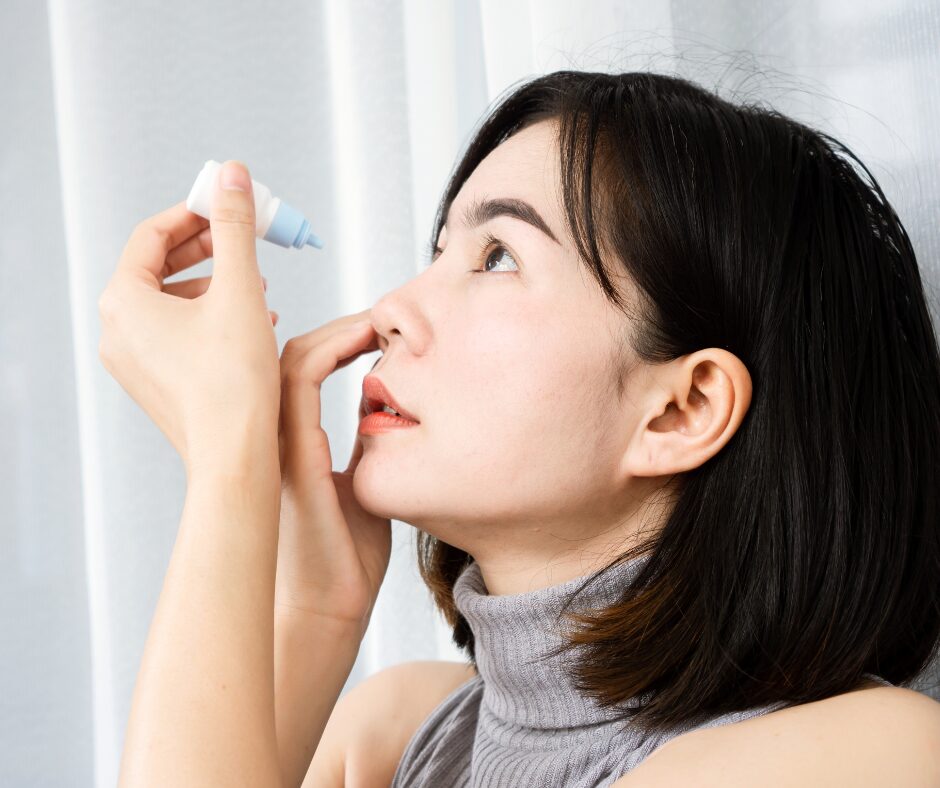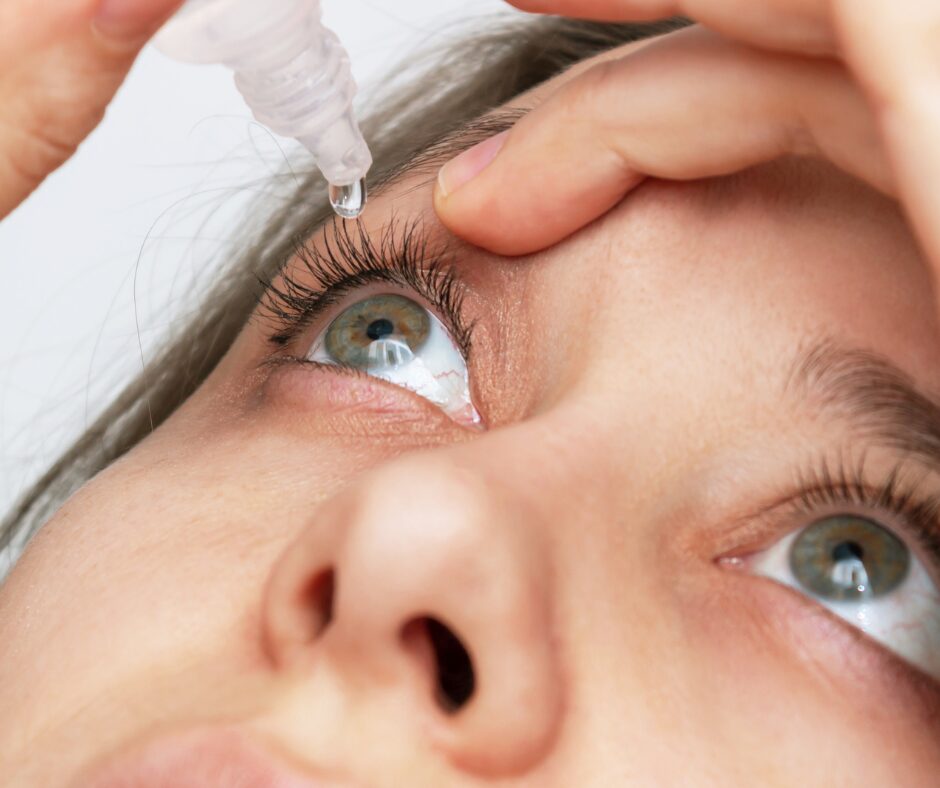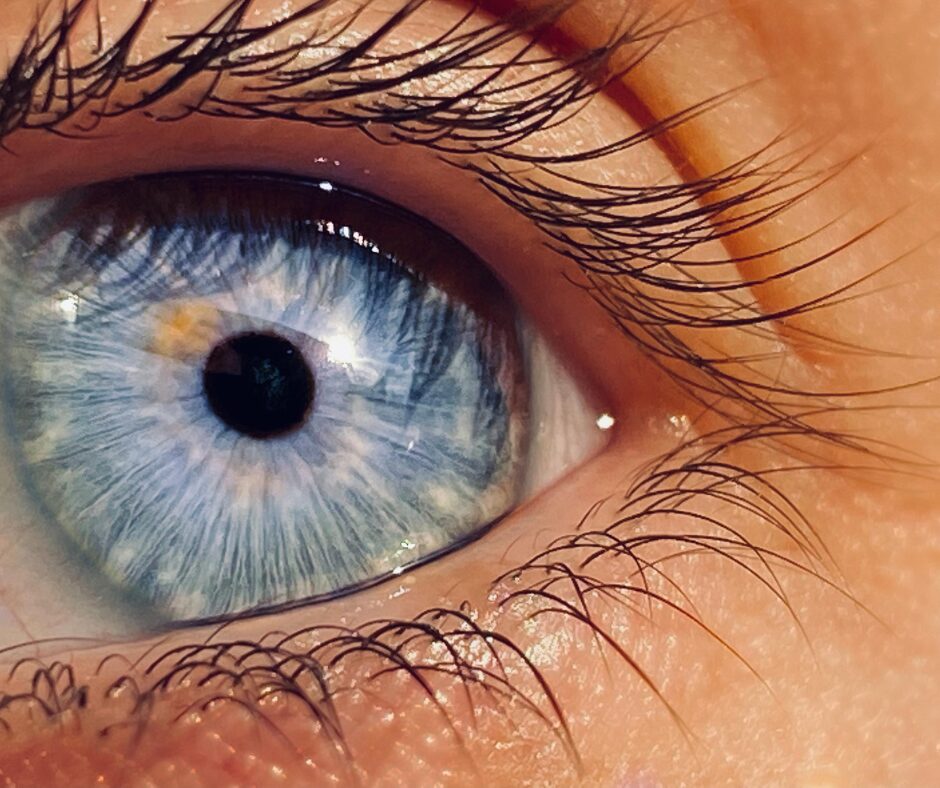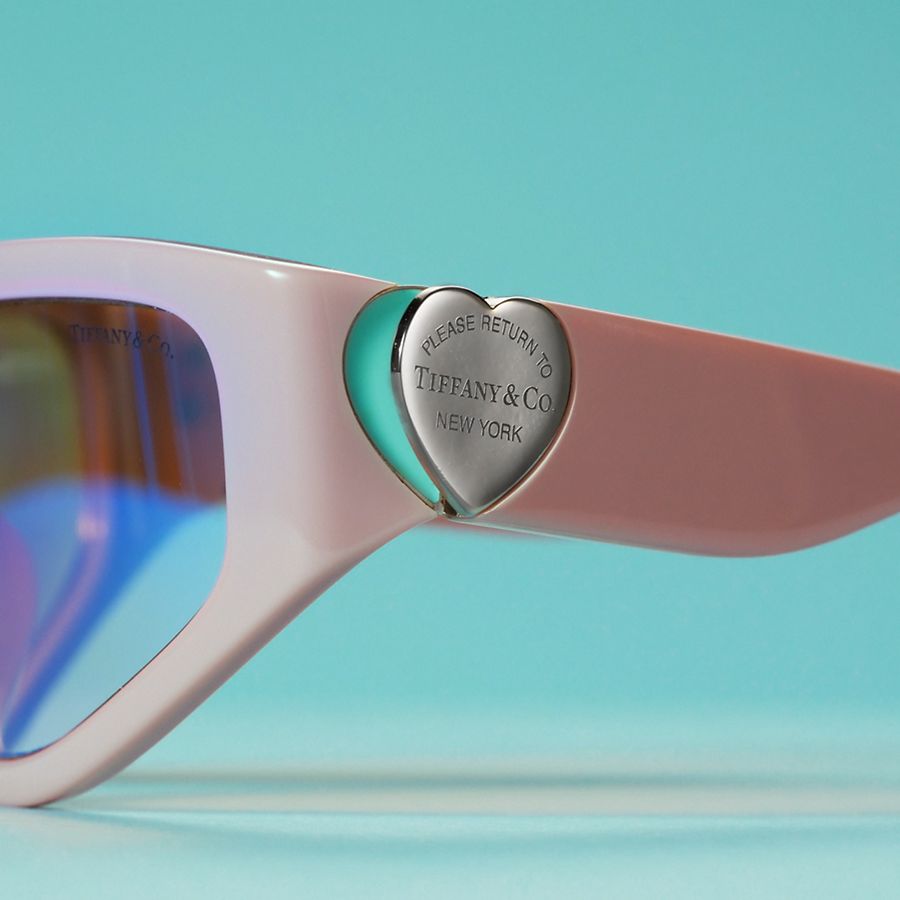Ensuring good eye health and proper vision development in children is crucial for their overall well-being and academic success. Vision problems can impact learning, sports performance, and even social interactions. Here are some effective strategies to protect and improve your child’s vision, helping them to see clearly and enjoy life to the fullest.

Schedule Regular Eye Exams
Importance of Early Detection
Regular eye exams are essential for detecting vision problems early. Children should have their first comprehensive eye exam at around six months of age, followed by another at three years, and again before starting school. After that, annual check-ups are recommended. Early detection of issues like lazy eye (amblyopia), strabismus (crossed eyes), and refractive errors can prevent long-term vision problems. Even if they can’t read, we can still check many things!
What to Expect During an Eye Exam
During an eye exam, the optometrist will check for visual acuity, eye alignment, depth perception, and overall eye health. We may use special charts, lights, and lenses to assess your child’s vision and ensure everything is developing normally.
Encourage Healthy Screen Time Habits
Limiting Screen Time
Excessive screen time can lead to digital eye strain, also known as computer vision syndrome. Encourage your children to take regular breaks using the 20-20-20 rule. This helps reduce eye fatigue and strain.
Proper Screen Positioning
Ensure screens are positioned at eye level and about an arm’s length away. The lighting in the room should be comfortable, avoiding glare on the screen. These practices help reduce strain and promote better posture.
Promote Outdoor Activities
The Benefits of Natural Light
Spending time outdoors has been shown to reduce the risk of developing myopia (nearsightedness) in children. Natural light and the opportunity to focus on distant objects help in maintaining healthy vision. Encourage your child to play outside for at least one to two hours a day.
Engaging in Sports
Activities that require hand-eye coordination, like playing ball games, can improve visual skills such as tracking moving objects and judging distances. This not only helps with vision but also enhances overall physical coordination and fitness.

Ensure a Balanced Diet
Nutrients for Eye Health
A healthy diet rich in vitamins and minerals is essential for good eye health. Ensure your child’s diet includes:
- Vitamin A: Found in carrots, sweet potatoes, and leafy greens, helps maintain good vision and prevents dry eyes.
- Omega-3 Fatty Acids: Present in fish like salmon and flaxseeds, support the health of retinal cells.
- Vitamin C and E: Found in citrus fruits, berries, nuts, and seeds, protect eyes from oxidative damage.
Hydration
Proper hydration is important for maintaining healthy tear production and preventing dry eyes. Encourage your child to drink plenty of water throughout the day.
Teach Proper Eye Care Practices
Hand Hygiene
Teaching children to wash their hands regularly helps prevent eye infections. Remind them not to touch their eyes with dirty hands, especially when they are in public places or playing outside.
Protective Eyewear
Use protective eyewear during sports or activities that pose a risk of eye injury. Safety goggles can prevent serious eye damage from flying objects, debris, or chemicals.
Be Aware of Warning Signs
Recognising Vision Problems
Be vigilant for signs that your child may be experiencing vision issues. These can include:
- Squinting or closing one eye to see better
- Holding objects very close to their face
- Complaints of headaches or eye strain
- Excessive tearing or rubbing of eyes
- Difficulty reading or paying attention in school

Taking Action
If you notice any of these signs as well as perhaps changes in behaviour that make you think it could be something to do with their eyesight, then please schedule an appointment with an optometrist as soon as possible. Early intervention can prevent more serious issues down the line.
Get in Touch
Protecting and improving your child’s vision requires a combination of regular eye examinations, healthy habits, and a supportive environment. By following these guidelines, you can help ensure that your child enjoys clear, healthy vision as they grow. Remember, good eye health is a foundation for a bright and successful future. If you would like to find out more about preserving your child’s eye health, or you wish to book an eye test, get in touch! Give us a call today at 0800 980 34 64 or email us at info@focuseyecentre.co.uk.
